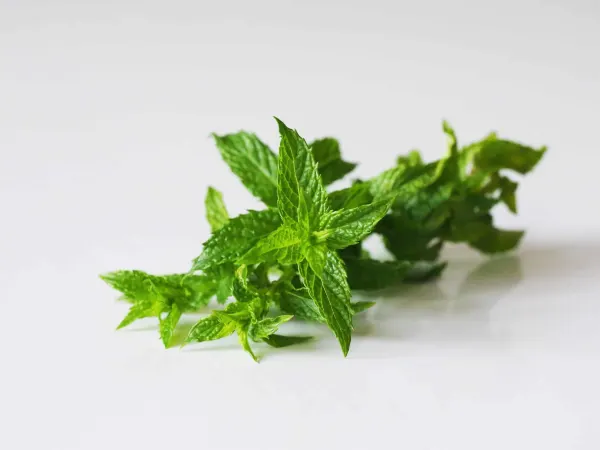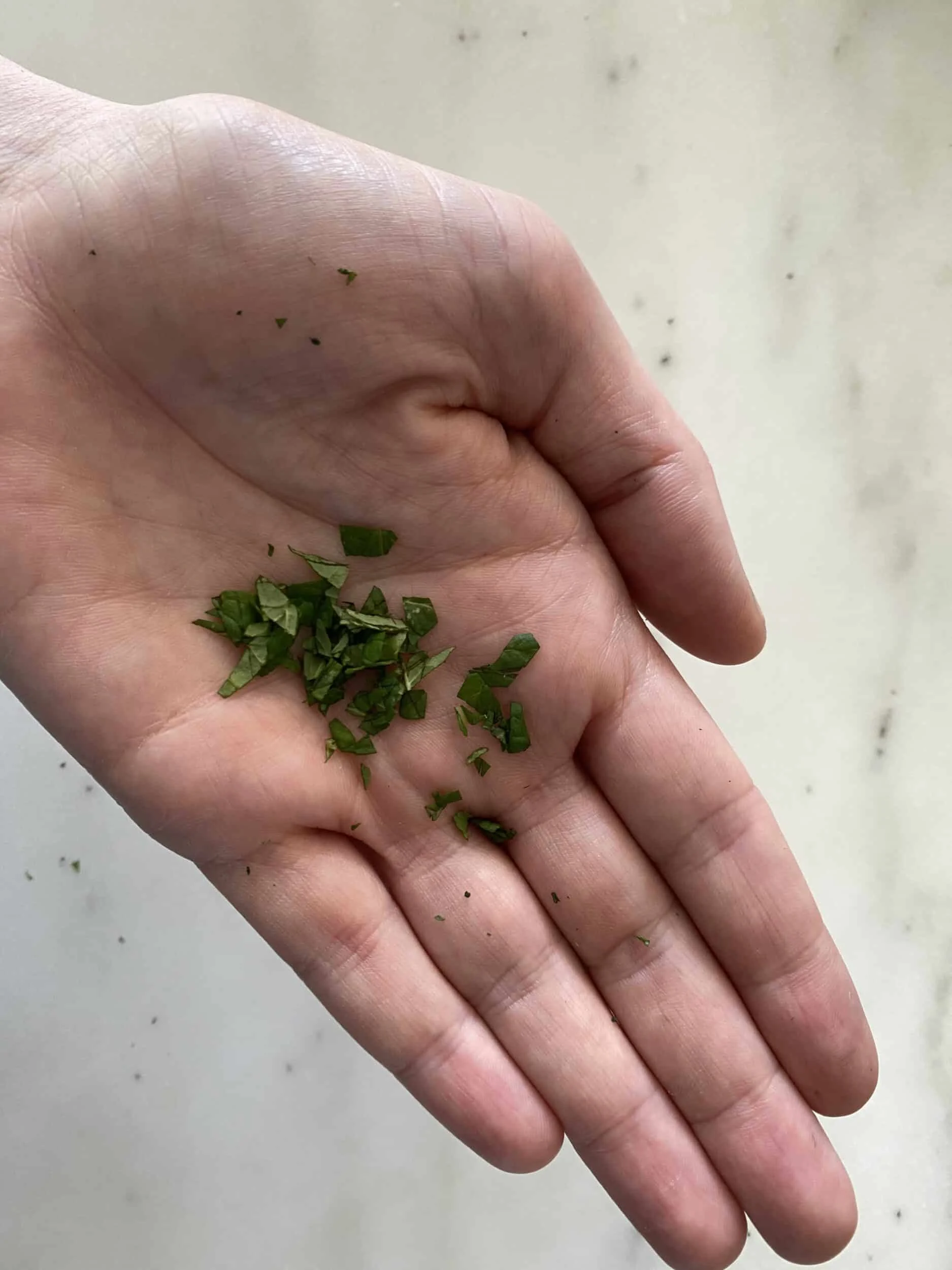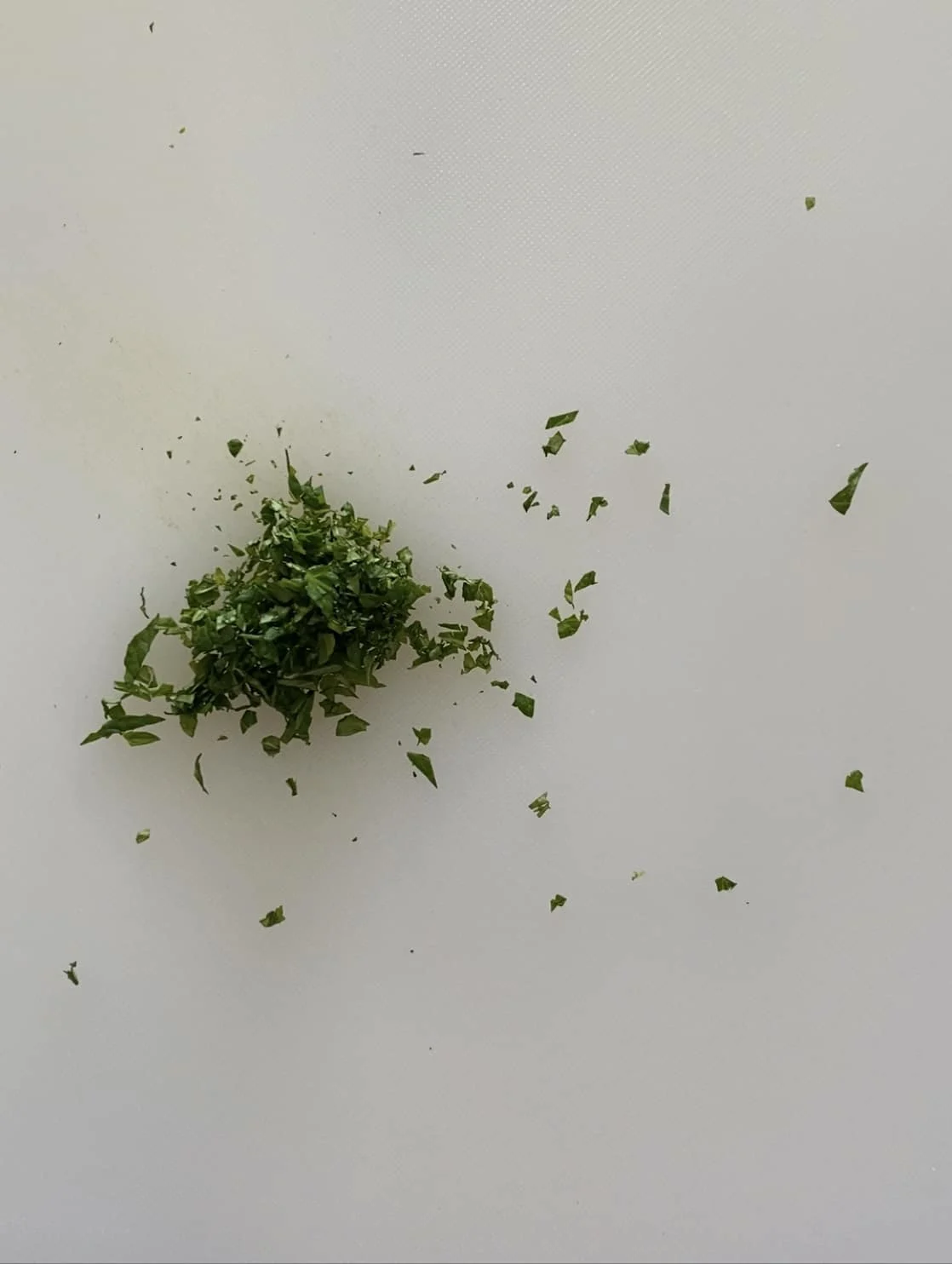Mint
Herb/Spice
Age Suggestion
6 months
Iron-Rich
No
Common Allergen
No

When can babies eat mint?
Fresh herbs like mint may be introduced as soon as baby is ready to start solids, which is generally around 6 months of age.
Background and origins of mint
Mint is an easy herb to grow at home. It’s a perennial, meaning it returns year after year, and the plant flourishes in pots and garden patches alike. In fact, it acts like a weed, quickly taking over whatever space you give it. There are many varieties to try—from chocolate mint to orange mint to pineapple mint. Most recipes call for spearmint, a milder and sweeter variety than peppermint, the kind of mint that gives chewing gum and toothpaste a distinctive menthol flavor.
Videos
Is mint healthy for babies?
Yes. With it’s refreshing smell and bright taste, mint has been used medicinally for thousands of years in tinctures and other therapeutic concoctions. It’s believed to aid digestion, so try adding a little minced mint to fruit and yogurt. As a flavor-forward food, a very little amount of mint goes a long way and baby is not likely to consume enough of the herb to get a ton of nutritional value from it. Nonetheless, mint does contain folate, iron, and vitamins A, C, and K.
★Tip: Treat a bundle of mint like a bouquet of flowers to extend its shelf life. Clip a little off the stem end and place in a cup. Add water until the stem end is submerged in water, and store on the countertop. The mint will last for a week or so, and may even sprout roots in the water.
Is mint a common choking hazard for babies?
When chopped, mint should not pose any significant risk, though it’s common for flecks of the leaves to cling to the back of the throat, which can cause a bit of coughing. If this happens, offer your baby a drink from an open cup to help wash it down. Drinking from an open cup (rather than a straw cup) tends to be more helpful in these situations.
For more information, visit our section on gagging and choking and familiarize yourself with common choking hazards.
Is mint a common allergen?
No, though mint allergies are not unheard of. If your child is sensitive to oregano or thyme, however, take care when introducing mint as these plants are closely related.
As you would when introducing any new food, start by offering a small quantity of mint for the first couple of servings. If there is no adverse reaction, gradually increase the quantity over future mealtimes.
How do you prepare mint for babies with baby-led weaning?
Every baby develops on their own timeline, and the suggestions on how to cut or prepare particular foods are generalizations for a broad audience.
6 to 12 months old:
Incorporate finely minced mint into patties, such as lamb or lentil burgers. Add mint to relishes or sauces to serve alongside fish, grains, or steamed vegetables. Mix into creamy foods like ricotta or yogurt for added flavor.
12 to 18 months old:
Mix finely minced mint into bean and lentil dishes. Sprinkle on buttered peas, roasted potatoes, fruit salad, and cubed watermelon.
18 to 24 months old:
This is a great age to serve mint with grain salads like quinoa and other whole grains as your toddler becomes more adept at eating these foods. Incorporate mint into pesto and other sauces and dips, such as a garlicky, minty yogurt. Add to smoothies and refreshing drinks like watermelon-mint agua fresca.


Preparing mint for babies.
Preparing mint for babies.
How often should you offer solids? See our sample feeding schedules for babies of every age.
Written and reviewed by these specialists
Expert Tips Delivered to Your Inbox
Sign up for weekly tips, recipes and more!
The content offered on SolidStarts.com is for informational purposes only. Solidstarts is not engaged in rendering professional advice, whether medical or otherwise, to individual users or their children or families. No content on this site, regardless of date, should ever be used as a substitute for direct medical advice from your doctor or your medical or health professional, nutritionist, or expert in pediatric feeding and eating. By accessing the content on SolidStarts.com, you acknowledge and agree that you are accepting the responsibility for your child’s health and well-being. In return for providing you with an array of content “baby-led weaning” information, you waive any claims that you or your child may have as a result of utilizing the content on SolidStarts.com.


